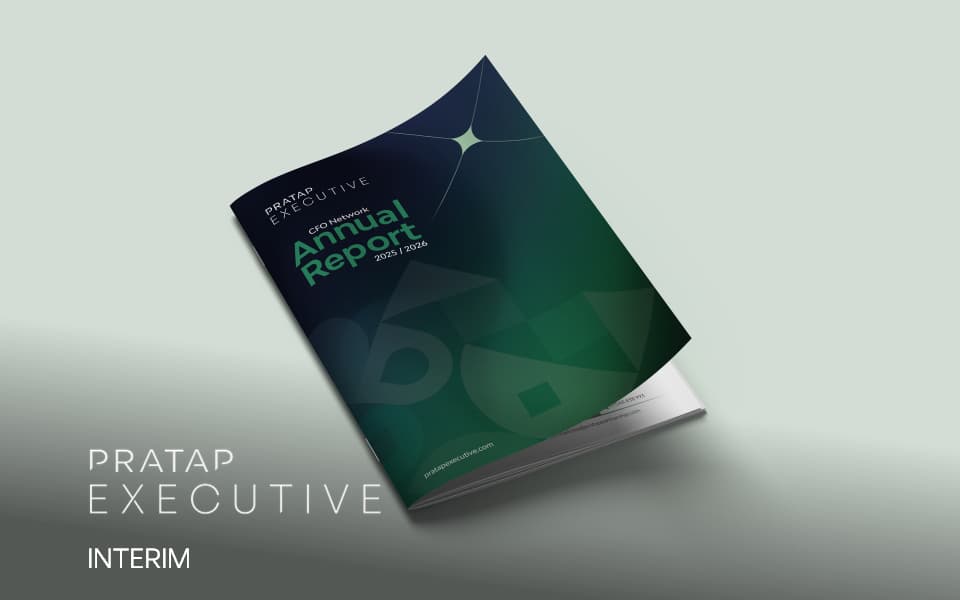Equity, Diversity, and Inclusion (EDI) in today's business environment
By understanding the basics, assessing the current situation, setting clear goals, and involving the entire organisation, businesses can create a more equitable and inclusive environment.
Equity, Diversity, and Inclusion (EDI) in today's business environment
By understanding the basics, assessing the current situation, setting clear goals, and involving the entire organisation, businesses can create a more equitable and inclusive environment.

EDI Best Practice is not an exact science that is consistent for every employer, and it is an evolving subject.

The most realistic ambition for every employer is to aim to improve their people strategy gradually and every recruitment process is an opportunity to do this.
We recently spoke with Wendy Ramshaw to understand her valuable insights on the subject of Equity, Diversity, and Inclusion (EDI) in today's business environment. Wendy is one of the best Diversity, Equity & Inclusion Leaders we know, and we are so grateful for her sharing her expertise to help improve our understanding on the subject:
Crafting an Effective Equity, Diversity, and Inclusion Strategy for Businesses
In today's globalized and socially conscious marketplace, businesses that prioritize equity, diversity, and inclusion (EDI) are not only fostering a more ethical environment but also enhancing their competitiveness and innovation. Crafting a robust EDI strategy involves a comprehensive approach that touches every aspect of an organisation. Here are some of the key principles that I adopt when building an approach.
Starting with the basics
Before diving into strategic planning, it's crucial to grasp the foundational concepts of EDI. While equality focuses on the equal treatment of all, equity recognises that each person has a different set of circumstances and should be allocated resources and opportunities accordingly. Diversity refers to the presence of differences within a given setting, including race, gender, age, religion, disability, and sexual orientation. Inclusion is the practice of creating environments in which any individual or group can be and feel welcomed, respected, supported, and valued. Language continues to evolve with concepts such as belonging, dignity and justice becoming more prevalent so don’t be afraid to broaden your scope.
Creating a baseline
Conducting a thorough assessment of the current EDI landscape within the organisation is the next step. This involves collecting and analysing any available data related to workforce demographics, employee satisfaction, and organisational culture. Surveys, focus groups, and diversity audits can provide insights into the strengths and areas for improvement. External organisations can assist with this process, and I have benchmarking tools such as the Employers Network for Equality and Inclusion’s (ENEI) TIDE evaluation tool helpful to identify gaps in current policies and practices to create a baseline from which progress can be measured. I would also recommend looking at how the organisation currently invites and responds to feedback as an indicator of psychological safety.
Setting Goals and Objectives
Based on the assessment, set clear, measurable, and achievable EDI goals and objectives. These should align with the overall business strategy and reflect an intentional commitment to creating a more inclusive workplace. Goals might include increasing the representation of underrepresented groups, reducing the pay gap, or enhancing cultural competency within the organisation. Objectives should be specific, such as hiring a certain percentage of diverse candidates or implementing mentorship programs for minority employees. Knowing what good should look like can be challenging, particularly for regional and global businesses. Accessing industry sector benchmarking, census or localised data can provide helpful data points and mitigate any challenges that targets are unrealistic or not representative of the areas that your people are in.
Appointing an EDI lead
Effective EDI initiatives require strong leadership and accountability. The agenda should be led by a dedicated EDI officer or team with the authority to drive change across the organisation. This team should work closely with senior leadership to ensure that EDI principles are integrated into the company’s vision and operations. Leadership should model inclusive behavior and communicate the importance of EDI to all employees.
Developing a Plan
Develop a comprehensive plan that outlines the steps needed to achieve the set goals and objectives. This plan should include timelines, stakeholders, resources (including budget) required, and key performance indicators (KPIs) to track progress and should consider all stages of the employee lifecycle. Strategies might involve revising hiring practices, implementing training programs, and developing inclusive policies and benefits. Maintaining an agile approach is vital as the EDI landscape can shift quickly in response to world events. Try to create a sense of pace and urgency into the plan, we have used the word ‘journey’ for too long which leaves room for procrastination.
Engaging the Business
Engagement across all levels of the business is critical for the success of an EDI strategy. This involves transparent communication about the goals and progress of the EDI initiatives and creating opportunities for employees to provide input and feedback. Employee resource groups (ERGs), diversity councils, and open forums can facilitate this engagement. Encouraging active participation and fostering a sense of ownership among employees will help embed EDI into the organisational culture. There are many notable dates throughout the year that provide opportunities to engage with important issues and topics. Given the quantity, my advice would be to prioritise and be impactful rather than trying to do everything.
Building EDI Competency
Training is essential to equip employees with the knowledge and skills to support EDI initiatives. A lack of confidence in EDI issues is often the cause of inaction. Many organisations start with unconscious bias training. Evidence suggests that this is ineffective in affecting sustainable change because it can drive defensiveness. The word ‘unconscious’ implies that it is unintentional and therefore forgivable which is counterproductive. Taking a blended approach to training and tailoring it to the business context makes it relevant and actionable. Methods can include exploring the lived experiences of minority groups, creating experiential spaces to develop cultural competency and using mentoring, coaching and open discussions to build inclusive leadership skills.
Applying the principles across the organisation
Each department within the organisation should integrate EDI principles into their specific functions. For recruitment, this might mean developing diverse talent pipelines, utilizing unbiased interview processes, and setting diversity hiring targets. In terms of retention, focus on creating an inclusive culture that supports career development, work-life balance, and equitable compensation. Departments like marketing, customer service, and product development should also consider diverse perspectives to better serve a broad customer base and ensure that their products and services are fully accessible.
Evaluating Success
Regular evaluation of the EDI strategy is necessary to measure success and identify areas for improvement. Use the KPIs established in the planning phase to track progress and conduct regular reviews. Employee feedback, diversity metrics, and business performance indicators can provide valuable insights. Transparent reporting on the outcomes and impacts of EDI initiatives will help maintain accountability and drive continuous improvement. Some outcomes can often be slow to realise which can be frustrating. It is important therefore to exercise patience and perseverance and unless there is evidence to the contrary, stay the course.
Overcoming Challenges or Resistance
Resistance to EDI initiatives can arise from various quarters within an organisation and EDI fatigue and backlash are real. Critics of EDI generally prescribe to the ‘us vs them’ narrative which can evoke a culture of fear and retribution. The denigration of woke ideology has acted as a distraction and derailed efforts. Overcoming these challenges requires a proactive and persistent approach. Educate employees about the collective benefits of EDI, address misconceptions, and provide clear examples of positive outcomes. Leadership should consistently reinforce the importance of EDI and demonstrate a commitment to overcoming resistance. Creating a safe space for dialogue and addressing concerns empathetically can also help mitigate resistance.
Conclusion
Implementing an effective EDI strategy is a complex and relies on the maturity of the business. By understanding the basics, assessing the current situation, setting clear goals, and involving the entire organisation, businesses can create a more equitable and inclusive environment. Continuous engagement, tailored training, and regular evaluation will ensure that the EDI strategy not only addresses current issues but also evolves to meet future challenges.
Pratap Partnership remains committed to supporting businesses in their journey toward a more inclusive future, we work with our clients to help ensure that they are laying the right foundations and executing the right plans to deliver a recruitment process that is EDI compliant and improves the experience and the outcome for everyone. For more information, contact one of the People Network team:
Elise Walsh, 07936364473, elise@pratappartnership.com
Lucy Miles, 07706332743, lucy@pratappartnership.com
Marie Carroll, 07512310782, marie@pratappartnership.com










